GPCR/G protein
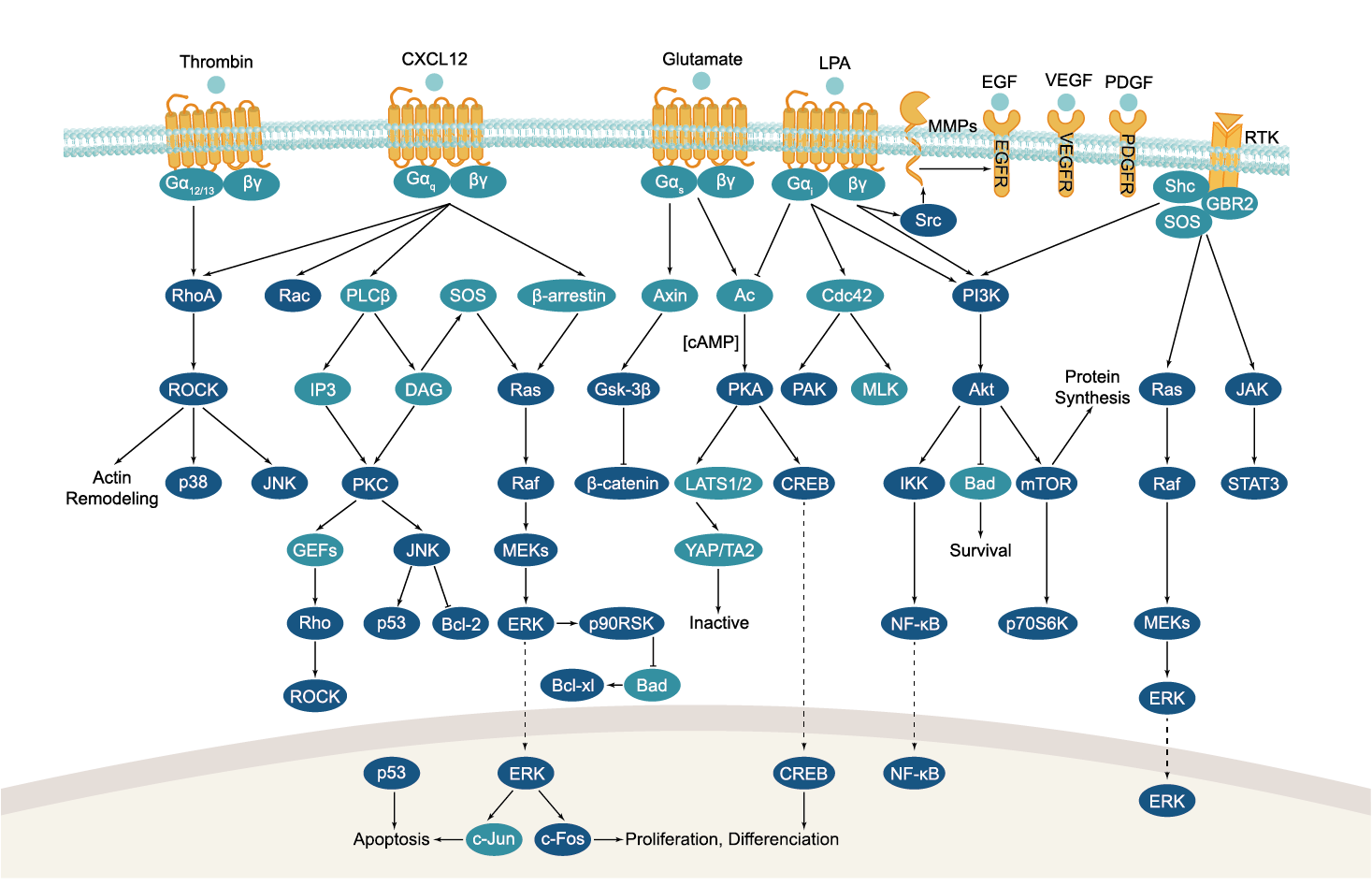

All GPCRs share a common seven trans-membrane structure. GPCRs are associated with heterotrimeric G-proteins which are GTP-binding proteins made of alpha, beta, and gamma subunits. When a ligand binds to GPCR, it activates the attached G-protein, the GDP is replaced with GTP. The activated G-protein then dissociates into an alpha and a beta-gamma complex which activates downstream signaling pathways. These intracellular signaling pathways include cAMP/PKA, calcium/NFAT, phospholipase C, protein tyrosine kinases, MAP kinases, PI-3-kinase, nitric oxide/cGMP, Rho, and JAK/STAT.
GPCRs are one of the most important therapeutic targets for various diseases, over 30% of all modern medicinal drugs target this family. Aberrant GPCR functions are involved in pathological conditions such as neurological, immunological and hormonal disorders. A large number of GPCRs have been identified, but whose ligands are not known, are classified as orphan receptors.
-
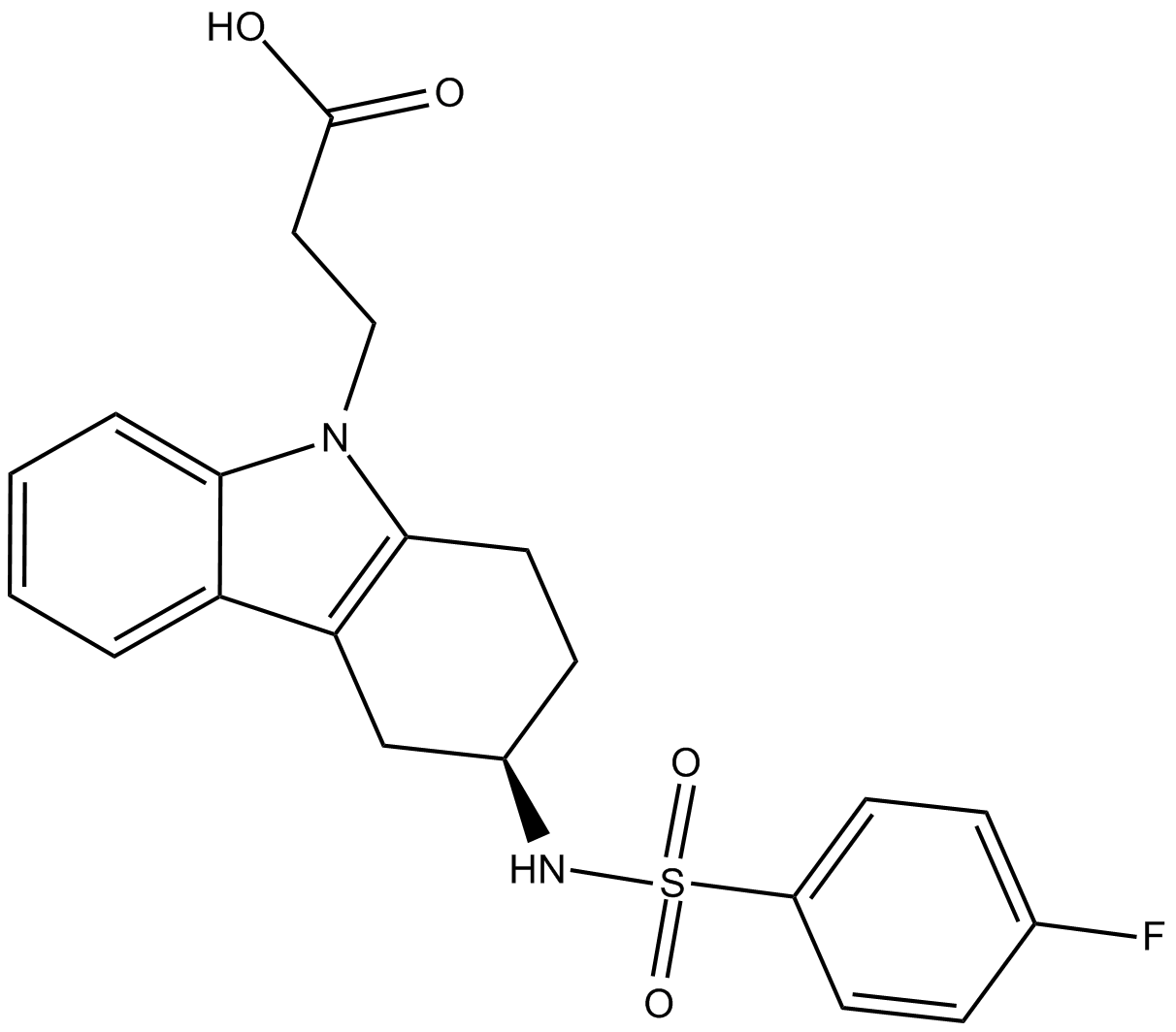 C3753 BAY u3405Summary: DP2 receptor antagonist
C3753 BAY u3405Summary: DP2 receptor antagonist -
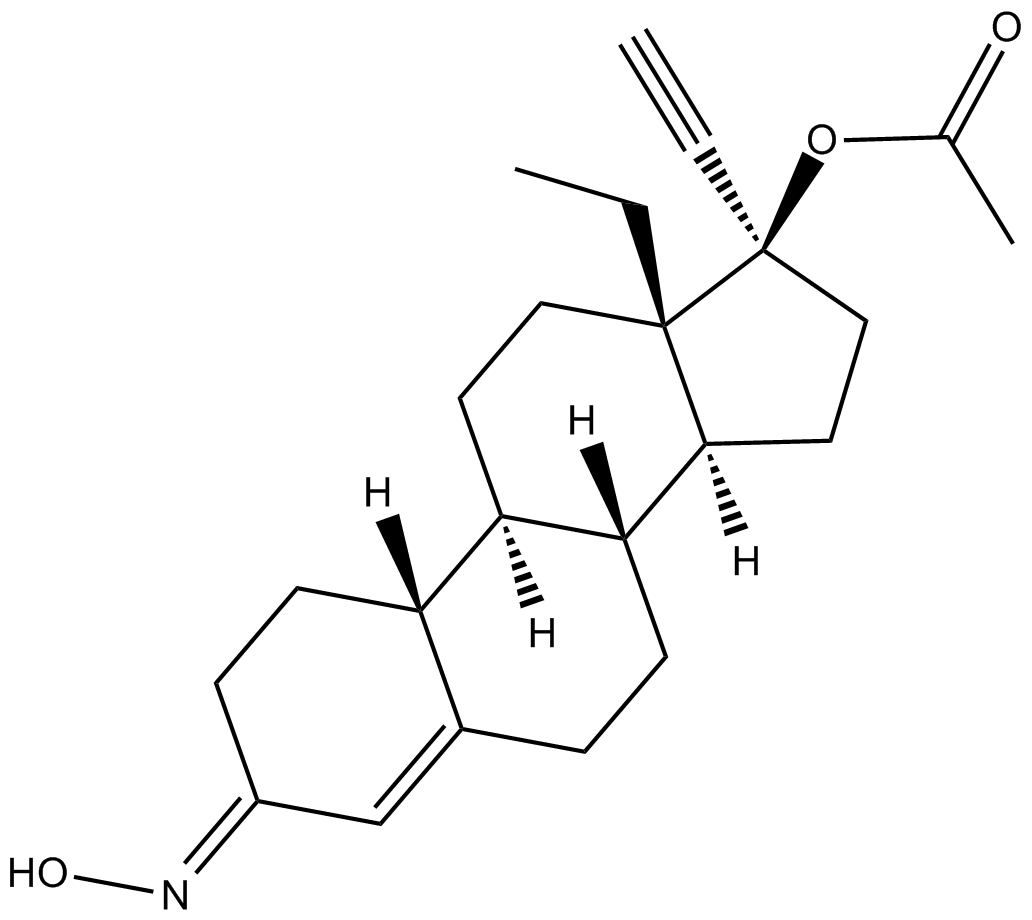 C3801 NorgestimateSummary: synthetic progesterone analog
C3801 NorgestimateSummary: synthetic progesterone analog -
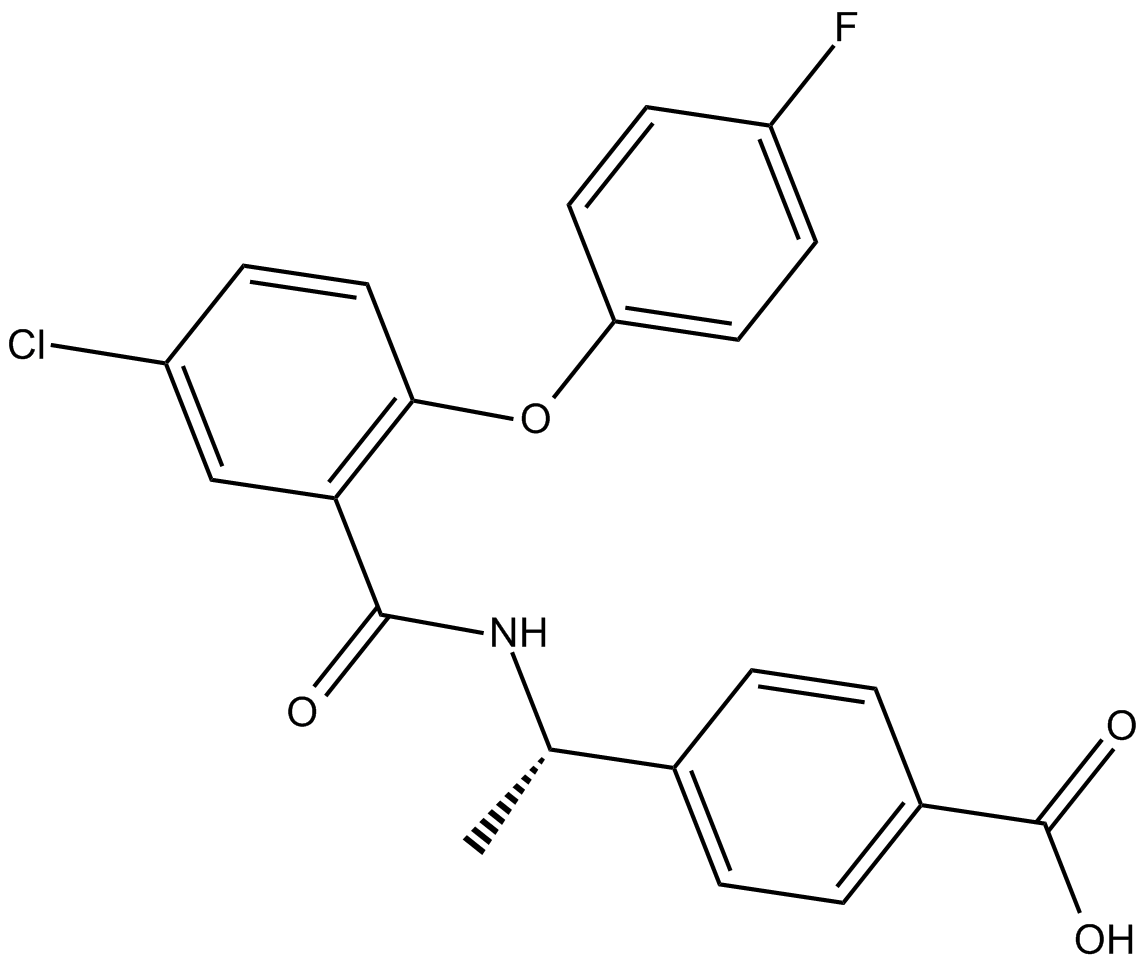 C4037 CJ-42794Summary: EP4 antagonist
C4037 CJ-42794Summary: EP4 antagonist -
 C4034 (±)-4-hydroxy Propranolol (hydrochloride)Summary: β1- and β2-adrenergic receptors inhibitor
C4034 (±)-4-hydroxy Propranolol (hydrochloride)Summary: β1- and β2-adrenergic receptors inhibitor -
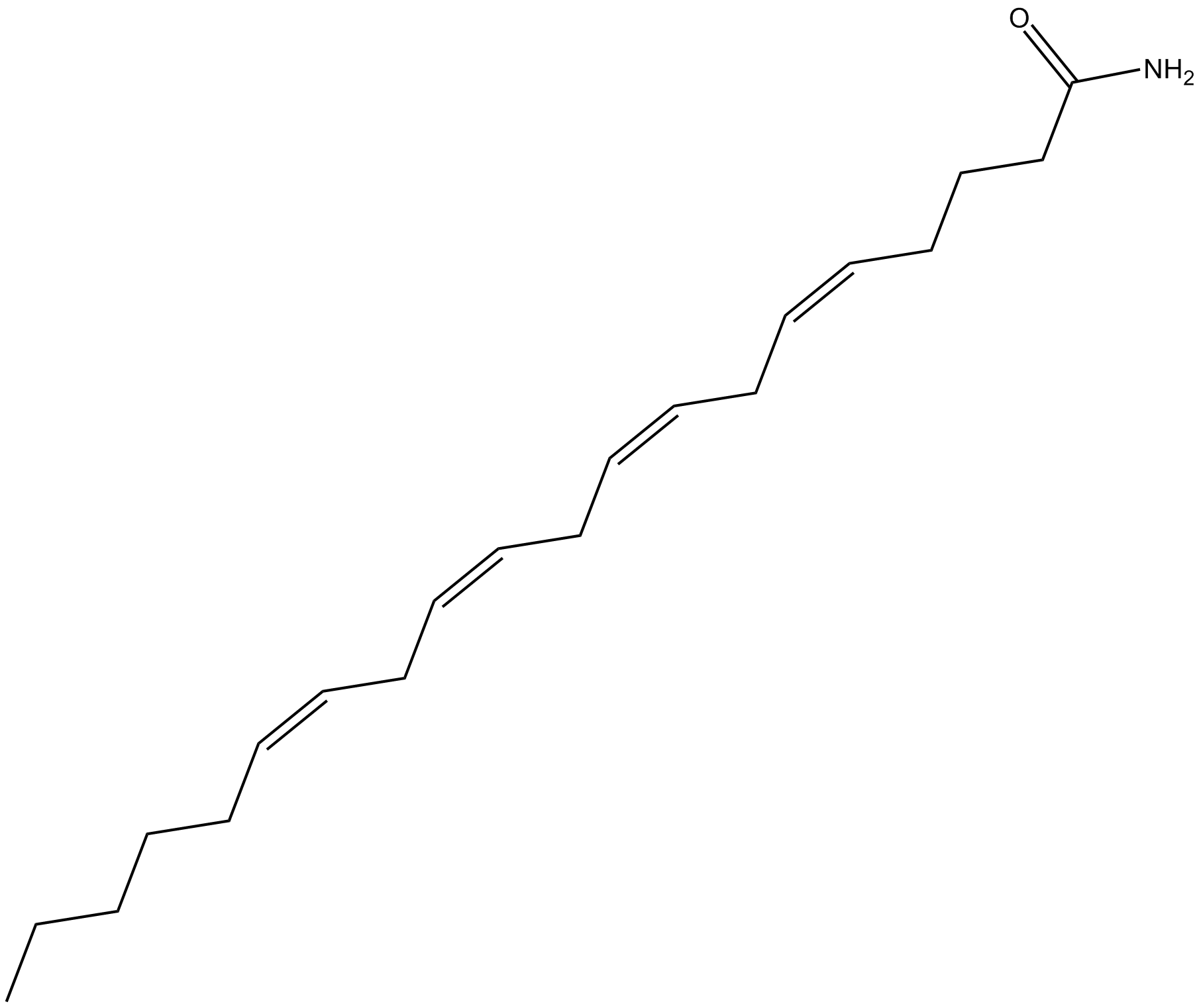 C4150 Arachidonoyl amideSummary: CB1 receptor agonist
C4150 Arachidonoyl amideSummary: CB1 receptor agonist -
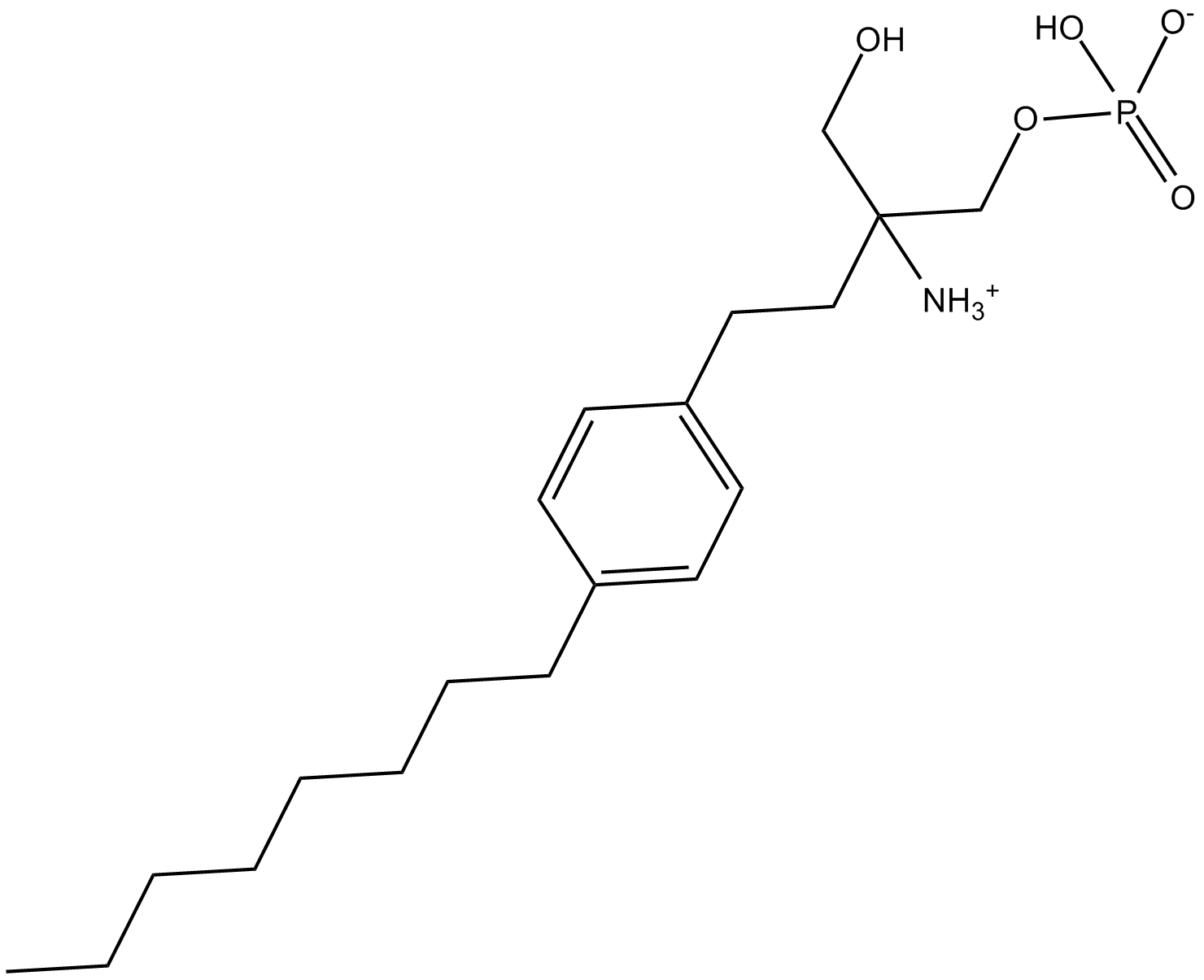 C4236 FTY720 PhosphateSummary: sphingosine-1-phosphate (S1P) receptors agonist
C4236 FTY720 PhosphateSummary: sphingosine-1-phosphate (S1P) receptors agonist -
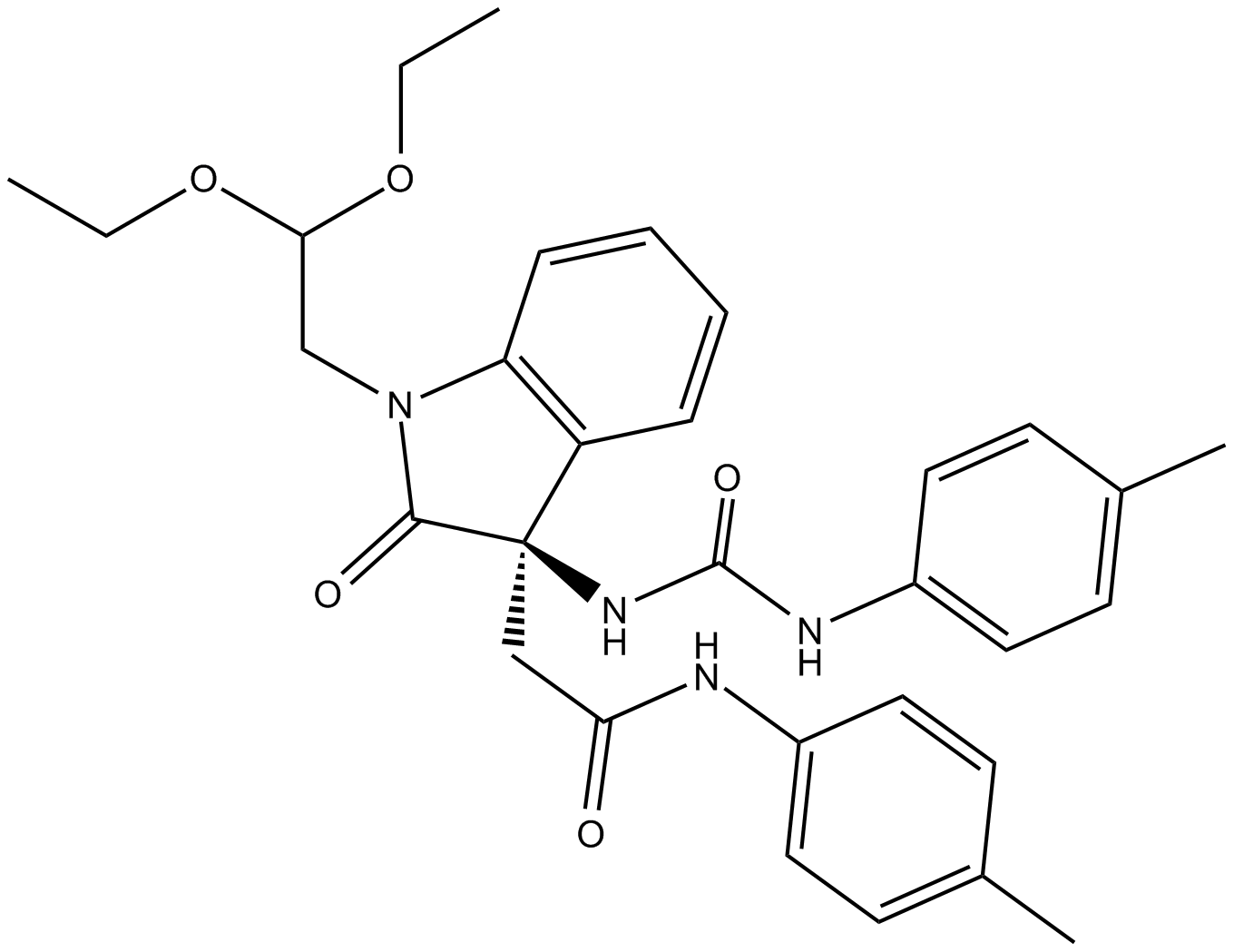 C4101 AG-041RSummary: gastrin/cholecystokinin-2 (CCKB) receptor antagonist
C4101 AG-041RSummary: gastrin/cholecystokinin-2 (CCKB) receptor antagonist -
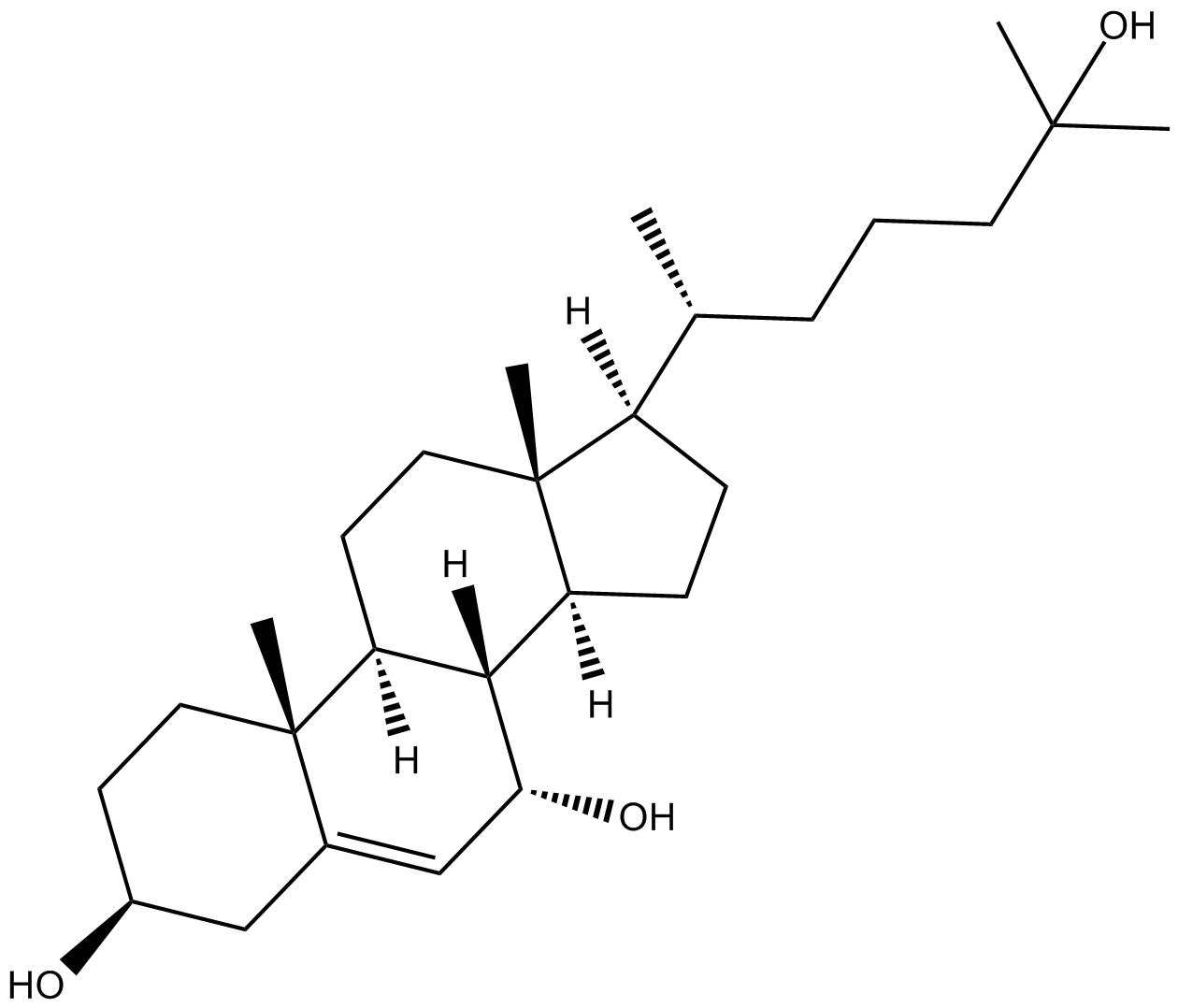 C4241 7α,25-dihydroxy CholesterolSummary: GPR183 agonist
C4241 7α,25-dihydroxy CholesterolSummary: GPR183 agonist -
 C4064 W123Summary: S1P1 antagonist
C4064 W123Summary: S1P1 antagonist -
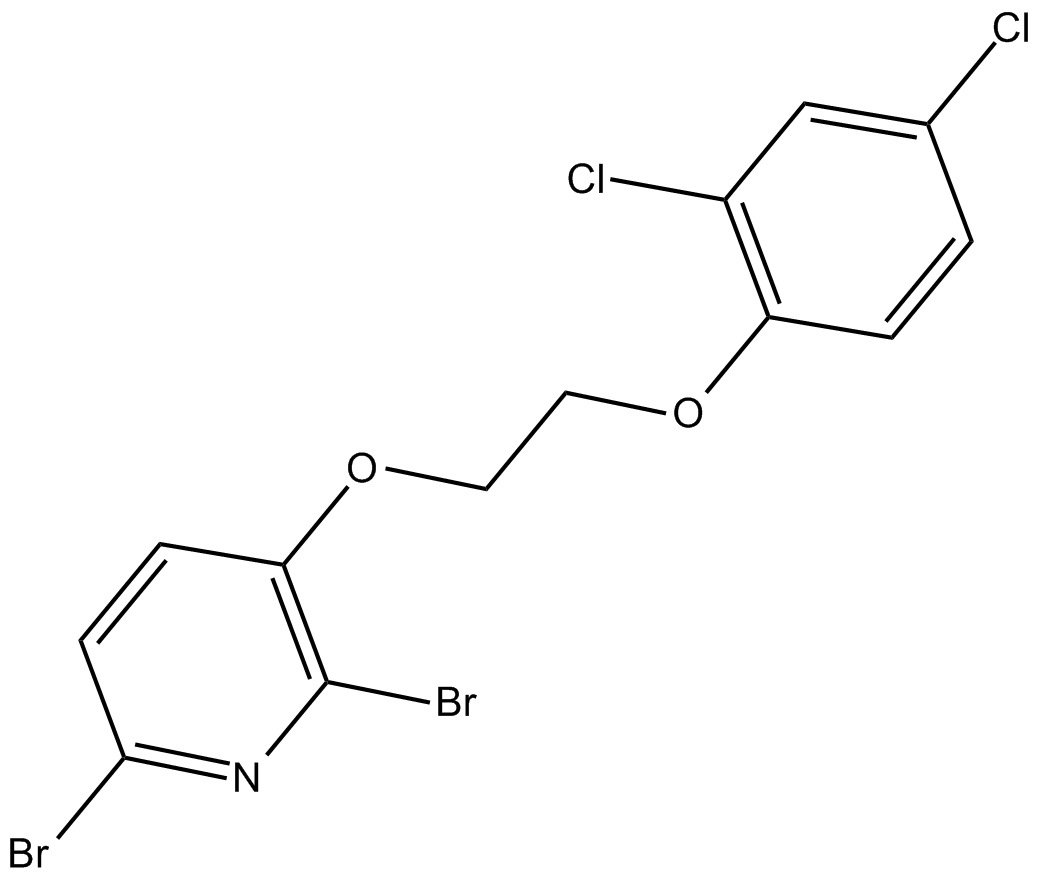 C4287 ML-178Summary: S1P4 activator
C4287 ML-178Summary: S1P4 activator


